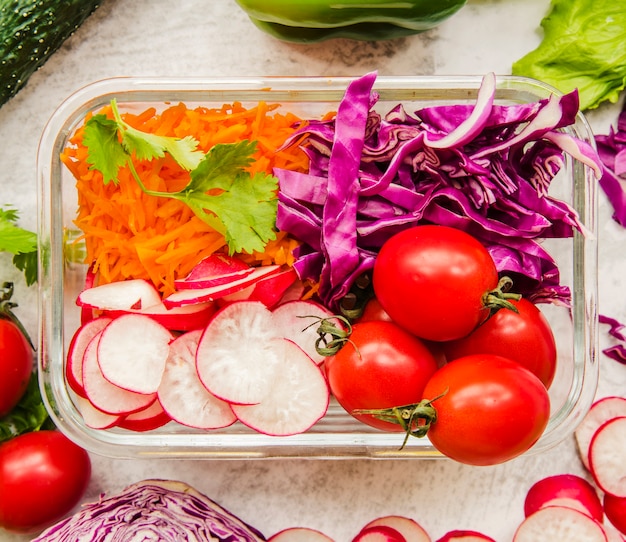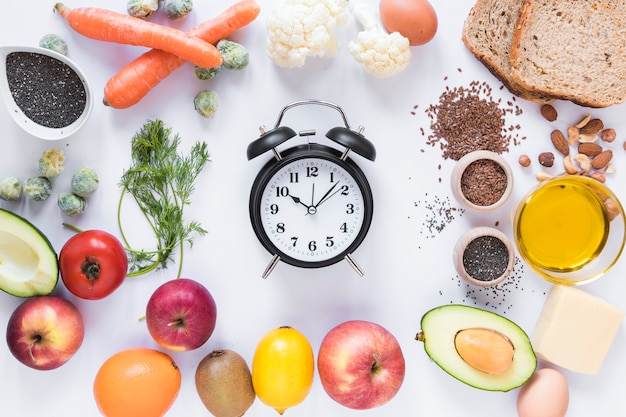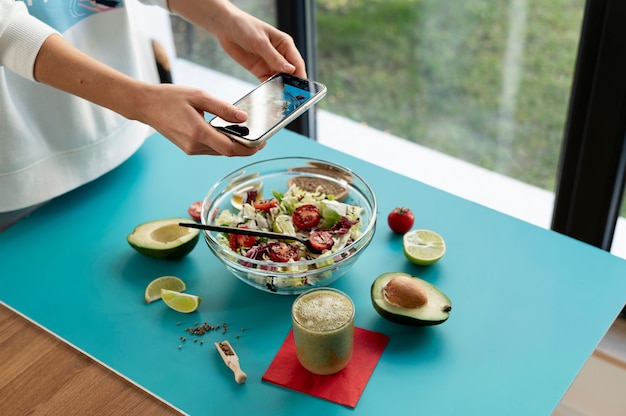Living with hypertension doesn’t mean sacrificing time, flavor, or peace of mind. In fact, managing high blood pressure can be simplified with one powerful habit: weekly meal prep. This results-driven blueprint combines short routines, simple habits, and evidence-based strategies to reduce stress, support heart health, and promote long-term wellness—without overwhelming your schedule.
Hypertension, or high blood pressure, affects millions worldwide and increases the risk of heart disease and stroke. Diet plays a crucial role in managing it. The DASH (Dietary Approaches to Stop Hypertension) diet, backed by the National Heart, Lung, and Blood Institute, emphasizes fruits, vegetables, whole grains, lean proteins, and low-sodium foods—all of which are easier to control when you prepare meals in advance.
Meal prep reduces reliance on processed foods high in sodium and unhealthy fats. It also minimizes last-minute takeout decisions, which often lead to poor dietary choices. According to Everyday Health, regular meal planning supports better management of chronic conditions like hypertension and diabetes by promoting consistency and mindful eating.

Stress and blood pressure are closely linked. Chronic stress can lead to elevated blood pressure over time. Weekly meal prep acts as a preventive tool by reducing daily decision fatigue. Knowing what you’ll eat removes a common source of anxiety, especially during busy workweeks.
A study published in the journal Preventive Medicine Reports found that individuals who engaged in meal planning reported lower stress levels and higher diet quality. By dedicating just 1–2 hours per week to preparation, you gain mental clarity, save time, and support cardiovascular health.
Start by selecting 3–4 balanced meals to rotate through the week. Focus on DASH-compliant ingredients: leafy greens, berries, oats, salmon, beans, and unsalted nuts. Use a simple template:
Write your plan down and create a shopping list to avoid impulse buys.
Stick to the perimeter of the grocery store—this is where fresh produce, lean meats, and dairy are located. Choose frozen vegetables without added sauces or salt. Opt for canned beans labeled “no salt added.” Avoid processed snacks, deli meats, and packaged meals, which are often high in sodium.

Set aside one block of time—Sunday afternoon, for example—to cook and assemble. Use these tips:
Store meals in the fridge for up to 4 days or freeze extras for later.
Consistency beats perfection. Start small:
The American Heart Association recommends limiting sodium to less than 1,500 mg per day for people with hypertension. Meal prepping helps you control sodium by avoiding hidden salts in restaurant and packaged foods.
Also, increase potassium-rich foods like sweet potatoes, spinach, and bananas—potassium helps balance sodium levels in the body. Include healthy fats from avocados, olive oil, and nuts to support vascular health.
The goal isn’t perfection—it’s progress. Rotate recipes weekly to avoid boredom. Involve family members in planning or prep to share the load. Celebrate small wins, like completing your first full week of prepped meals.
Over time, this routine becomes second nature, reducing daily stress and supporting long-term heart health. As nutrition experts note, meal prep isn’t just about food—it’s about creating structure, reducing chaos, and taking control of your health—one container at a time.
Start this week. Your future self—and your blood pressure—will thank you.

Health

Health

Health

Health

Health

Fitness

Wellness

Health

Health

Wellness

Health

Health

Health

Fitness

Health

Health